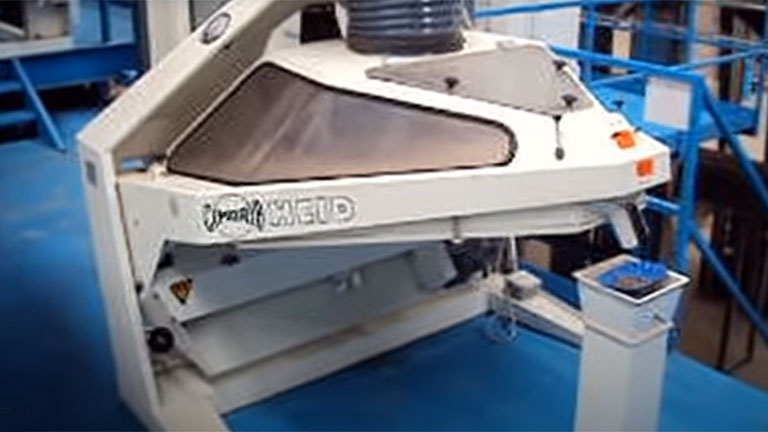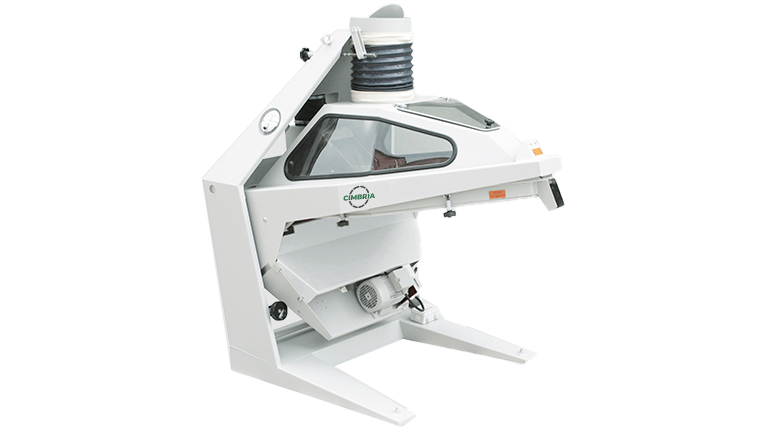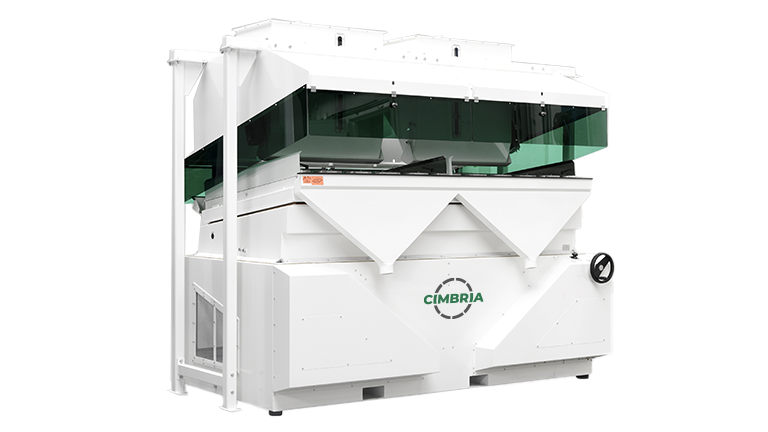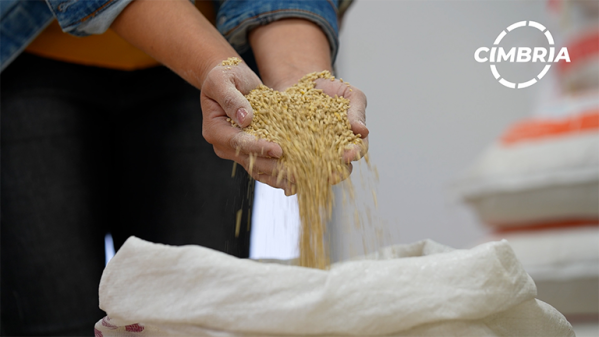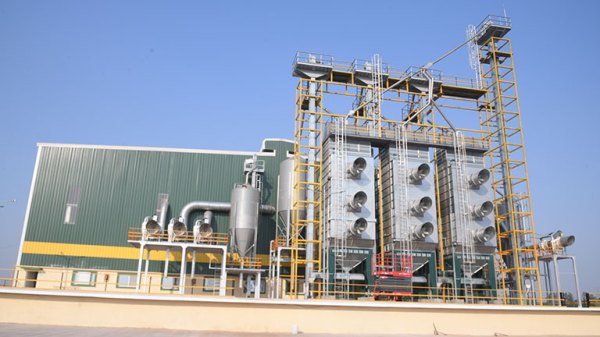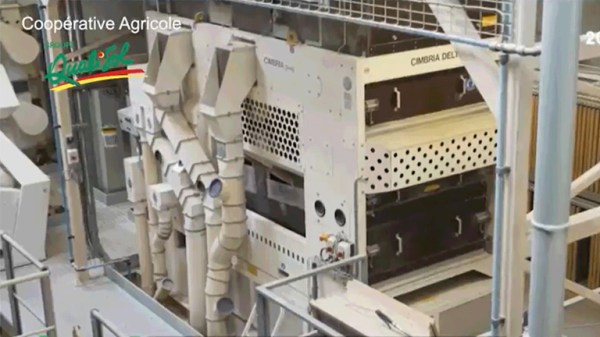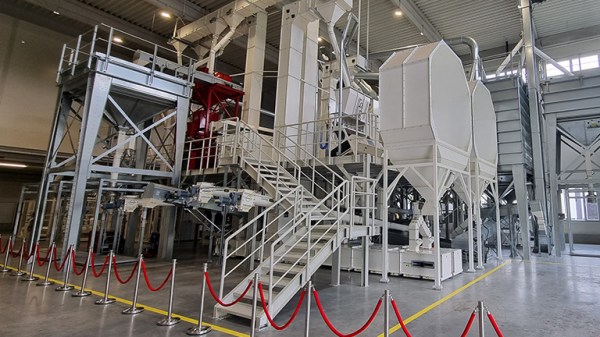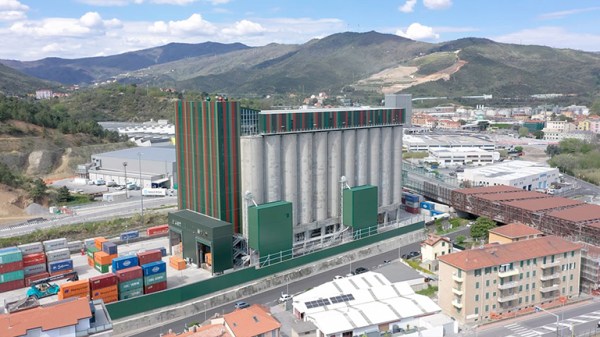Extraction of Stones, Metal and Glass Splinters
Destoner
Extraction of Stones, Metal and Glass Splinters
HIGHLIGHTS
- Destoners find their application in the food processing sector and in the milling industry, but they are also used in the seed sector, in particular on products harvested close to the ground.
- Used for separating dry granular material according to specific weight into two fractions. The goal is the elimination of heavy impurities, such as stones, metallic particles and other objects from, for example, coffee, grain or pulses.
TS 90 Destoner
Destoners are used for separating granular material into two fractions according to specific weight.
They are primarely used for the elimination of heavy impurities, such as stones, metallic particles etc., from coffee, grain, pulses etc.
Destoners find their application in the food processing sector and in the milling industry, but they are also used in the seed sector, in particular on products harvested close to the ground.
Product Overview

Thinking about financing?
Get an informal talk with our financing department and learn how we can help realize your dream.
Related Articles
At Cimbria, we design, develop, manufacture and install custom-built solutions, from complete processing lines to large turnkey projects with highly advanced automation and management information systems.
